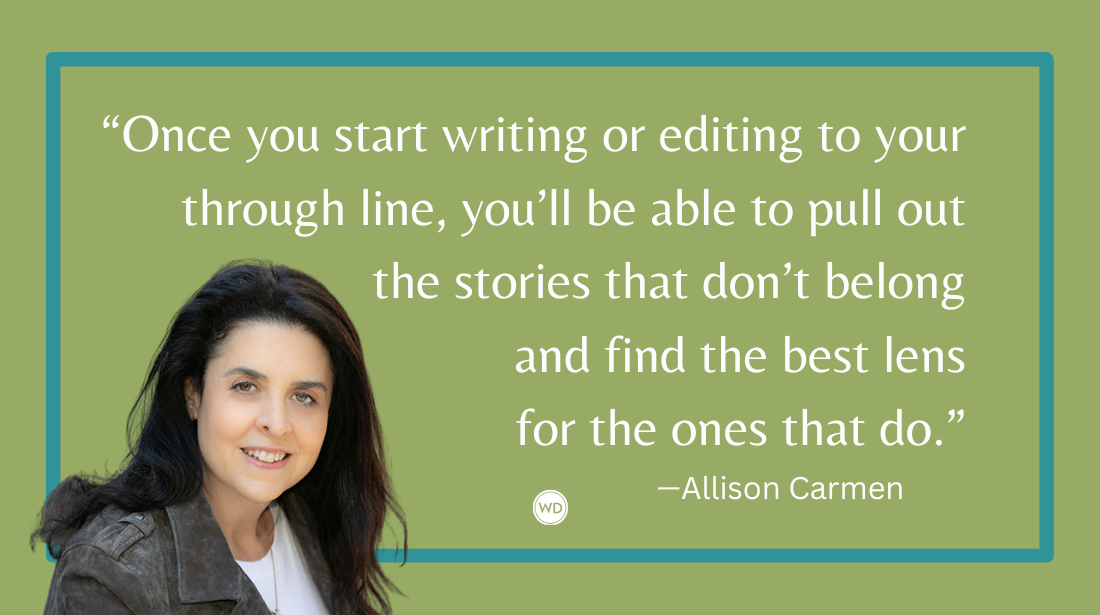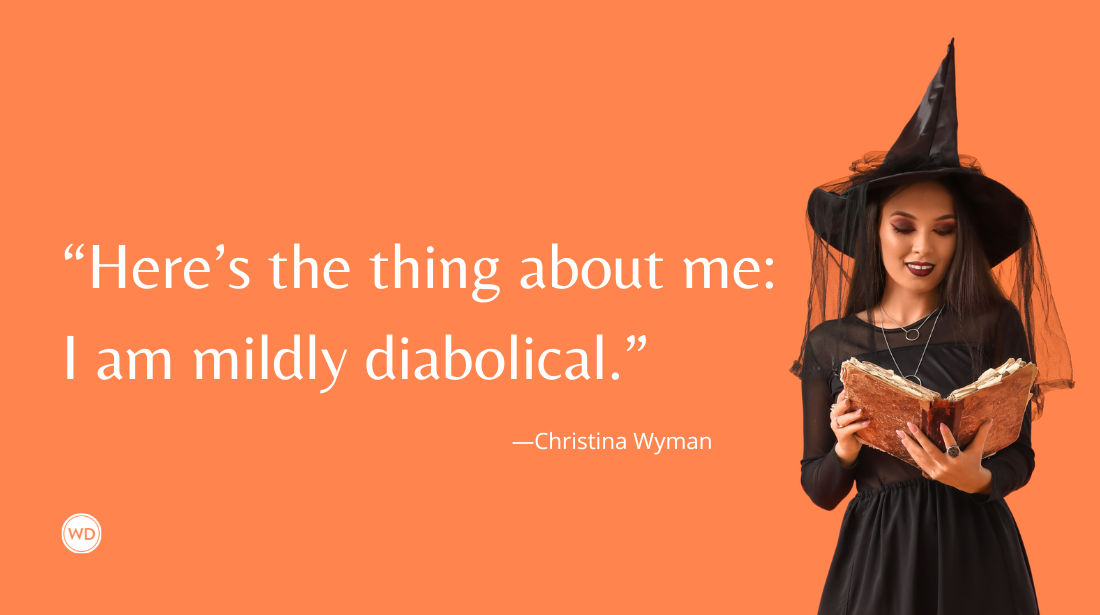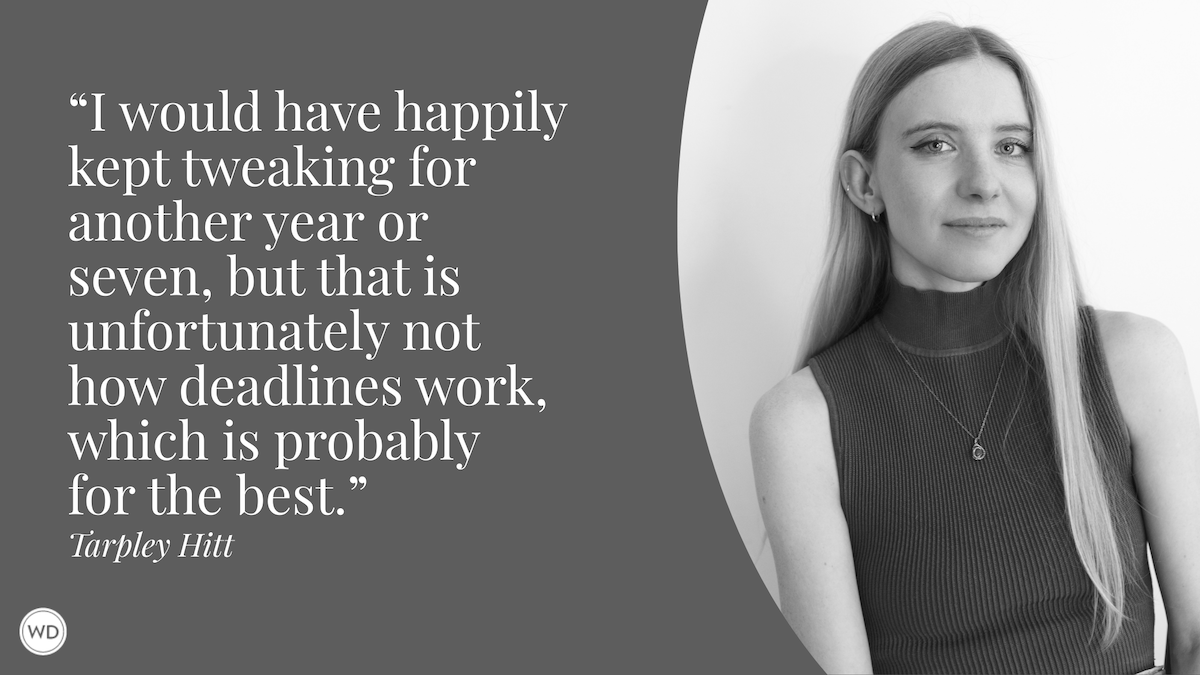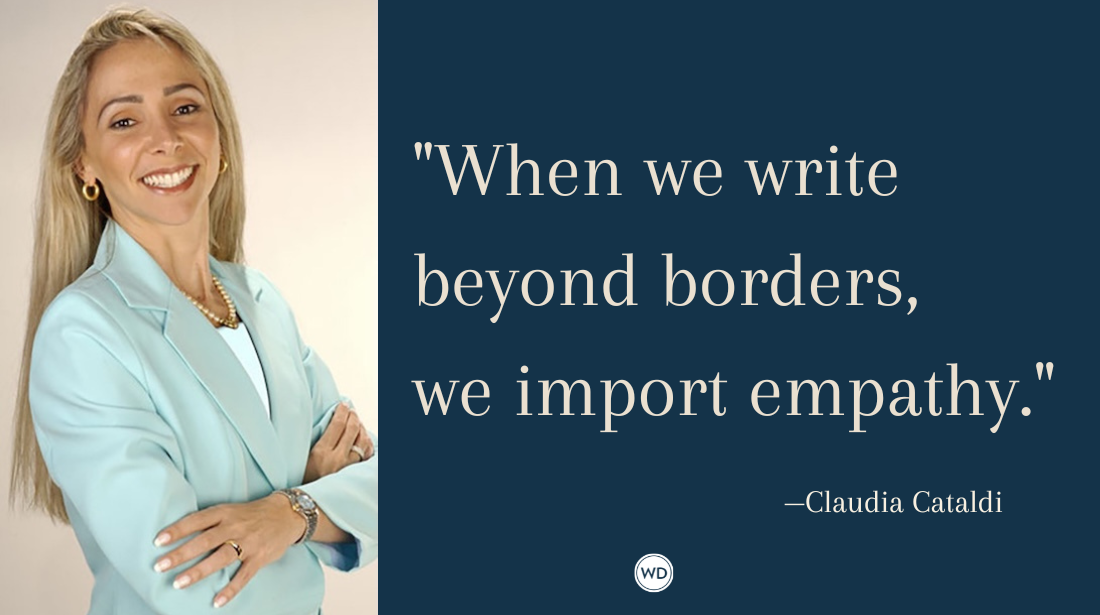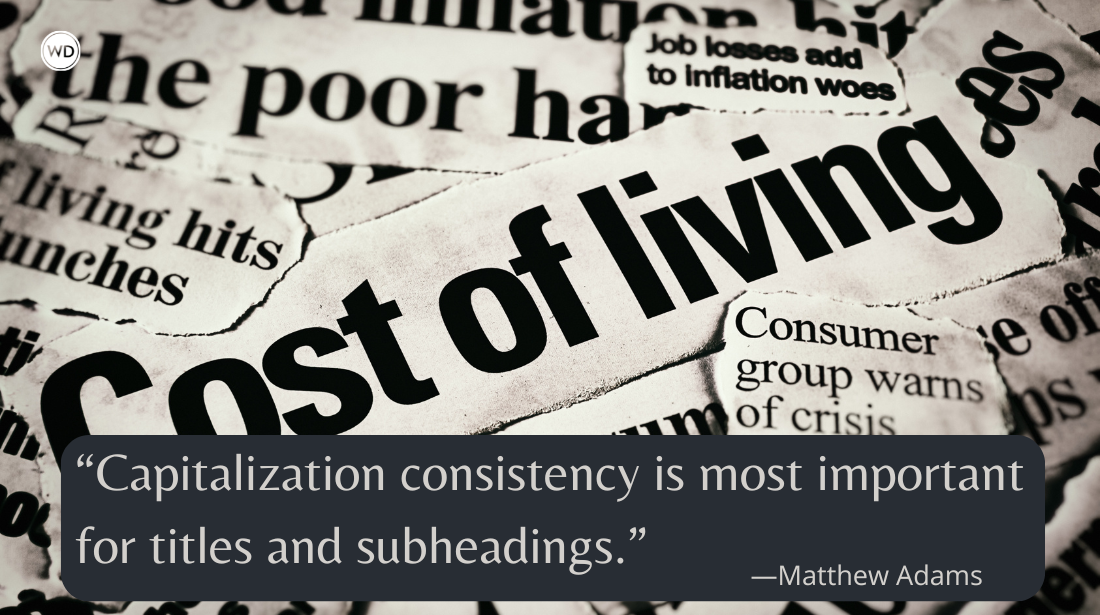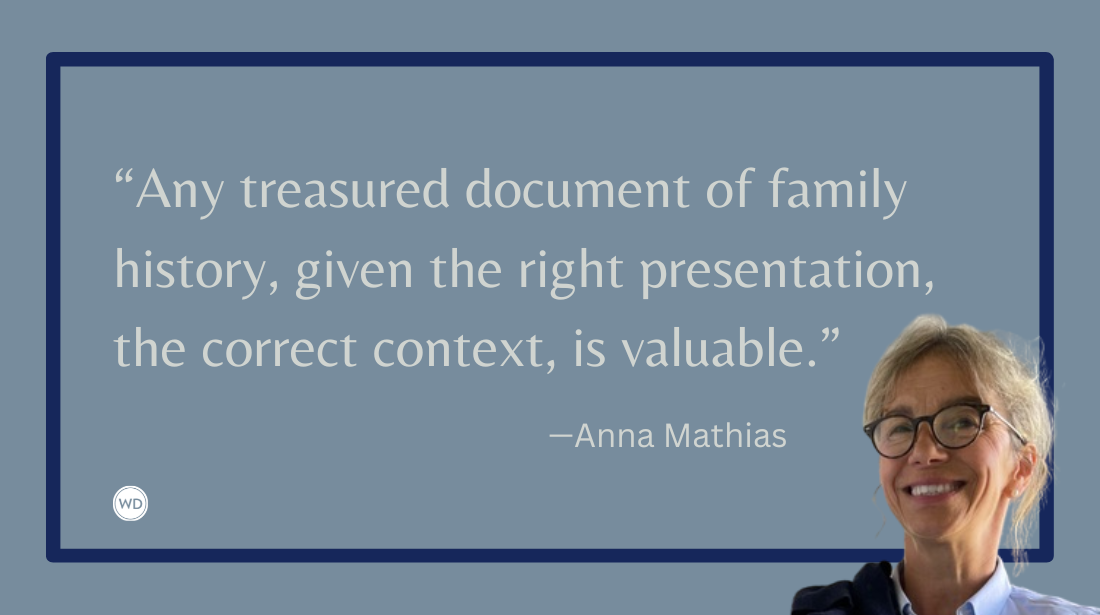3 Breakthroughs That Helped Me Shift From Writing Fiction to Writing Memoir
Author Anna Monardo shares three breakthroughs that helped her shift from writing fiction to writing memoir.
I imagined that writing my family memoir, After Italy: A Family Memoir of Arranged Marriage, wouldn’t be much different than writing my two novels. The story of my family’s immigration had wormed its way into my imagination, one of those insistent projects that won’t let you turn away. With a thick file of notes and a drawer full of research, I figured I was ready. However, an increasingly loud inner voice kept telling me, You cannot write this story! You cannot publish what’s private to your family!
What I love about writing fiction is creating characters, but with the memoir, the “characters” were some of the people most beloved in my life—my parents and grandparents—and I’d be exposing them more than creating them. After Italy tells the story of my American mother and Italian father, whose arranged marriage was brokered by their parents in 1948 to facilitate my father’s immigration to the U.S., where he could establish his medical career and send help back to his family in war-ravaged Calabria. Everyone involved understood the utilitarian nature of the arrangement, except for the 18-year-old bride, who believed her marriage was purely a love match.
To some degree it was. The couple’s mutual fascination is clear in their courtship photos. But within the first months of marriage, the groom and the bride’s father argued over the details of her dowry. Her disillusionment was so severe, the couple separated for five years before I was born. In time, there was a reconciliation, but the wounds were neither healed, nor discussed. My memoir was digging into a decades-long aggrieved silence.
Why write it? Because within the microcosm of our story I could explore the timeless phenomenon of migration, all the human impulses (hope, fear, ambition, survival) involved in the emigration-immigration-assimilation process, which is often a focus in my writing.
But spotlight my loved ones’ most intimate pain?
For almost a year, I tried to not write the memoir. Looking back, I see there were three breakthroughs that allowed me to write to completion.
Breakthrough #1: Follow the dialogue.
To create scenes in fiction, I plop my characters down in a setting (specific place, specific time) and let them talk. In early drafts, I rely on this chitchat to discover my characters’ voices, and unearth their internal and external conflicts. With the memoir, though, I couldn’t just put words in people’s mouths. Part of the nonfiction “contract” is adherence to what is factually true. I’m lucky that many in my family were lively storytellers, and within my notes I found lines of dialogue that amounted to a gold mine.
For example, when my grandmother, at 14½, was “asked for” by a 28-year-old townsman, her reaction was “No!” But her mother told her, “Marry him, he’ll take you to America.” How efficiently that bit of dialogue expressed my immigrant ancestors’ surety that there was salvation in the U.S. They lived in a world of such poverty and powerlessness that the best a mother could do was urge her daughter to marry a stranger who would take her away.
My grandmother did follow my grandfather to a Pittsburgh steel town, and when their only child, my mother, was almost out of high school, they brought her back to their village to meet her intended. As a child of the 1960s suburbs, I balked at “arranged marriage,” so it was reassuring when my mother told me about meeting my dad: “If I didn’t like him, I wouldn’t have had to marry him, but I liked him right away.”
Lovely, romantic! But there was another line that led me deeper into my parents’ story. When I was around 10, I came upon my mother organizing the cedar closet and I glimpsed her wedding dress tucked in back. “Please,” I begged, “can I see it?”
“If I pull that dress out,” she told me through gritted teeth, “I’m going to burn it!” That one line of dialogue gave me the question that guided my work through the whole memoir: How did that happy bride arrive at such disappointment?
Breakthrough #2. Write one draft in disappearing ink.
In fiction, we push our characters to reveal their fullest selves. Their occasional surliness. The flashes of greediness that contradict their usual generosity. In short, we allow them to be human. With memoir, I wasn’t exactly protecting my people, but, unconsciously, I was showing them in their best light, avoiding moments when they were contradictory and unpleasant. Hiding the fights. Also, I wasn’t writing about myself, though I knew a memoir lacks heft if the writer never shows her vulnerability.
In short, I was playing it safe. My pages were flat. And then I made a deal with myself: You can write the full story without ever showing it to another living person. And then I wrote, as if with magic ink. I could read the pages, but no one else ever would.
Breakthrough #3: Is it interesting to the reader or just to you?
My trick worked. Showing my pages to no one—not even my usual readers—I developed my project from inspiration to full draft, from draft to revision. But now, surprising myself, I felt the itch to complete the circle by putting the manuscript in front of a reader. I started small, sent the story to one trusted friend, who was honest enough to give me this invaluable feedback: “There are parts of this memoir that are interesting because they’re interesting, and parts that are interesting because they’re about you. I like those parts, but will the general reader who doesn’t know you?”
Writing about my family, I had blinders. I couldn’t discern where my memoir was connecting with larger themes and where I was indulging in fond family lore. The question Why is this here? became my best editing tool. Events could not be included just because they had “happened in real life.” I tested every section: Was it doing its work to build tension, advance plot, reveal conflict, or offer fresh reflection? In time, I cut my manuscript by a third.
I worked on After Italy for 13 years. My early manuscripts were as haphazard as a family photo album, overstuffed with duplicate or unclear images, hard-to-identify people and backdrops, inaccurate dates. Over time, lines of dialogue led me to scenes, the scenes pushed me to honesty. The craft elements were pulling their weight to create a narrative reaching to be part of a larger discussion.
Check out Anna Monardo's After Italy here:
Anna Monardo grew up in Pittsburgh, with strong ties to her Calabrian family. Her memoir, After Italy: A Family Memoir of Arranged Marriage, forthcoming with Bordighera Press in May 2024, is the story of her family’s immigration to the U.S. She is also the author of two novels published by Doubleday: The Courtyard of Dreams and Falling In Love with Natassia. She teaches in the Writer’s Workshop at the University of Nebraska at Omaha. Learn more at annamonardo.com (Photo credit: Chris Holtmeier Foton-Foto)




